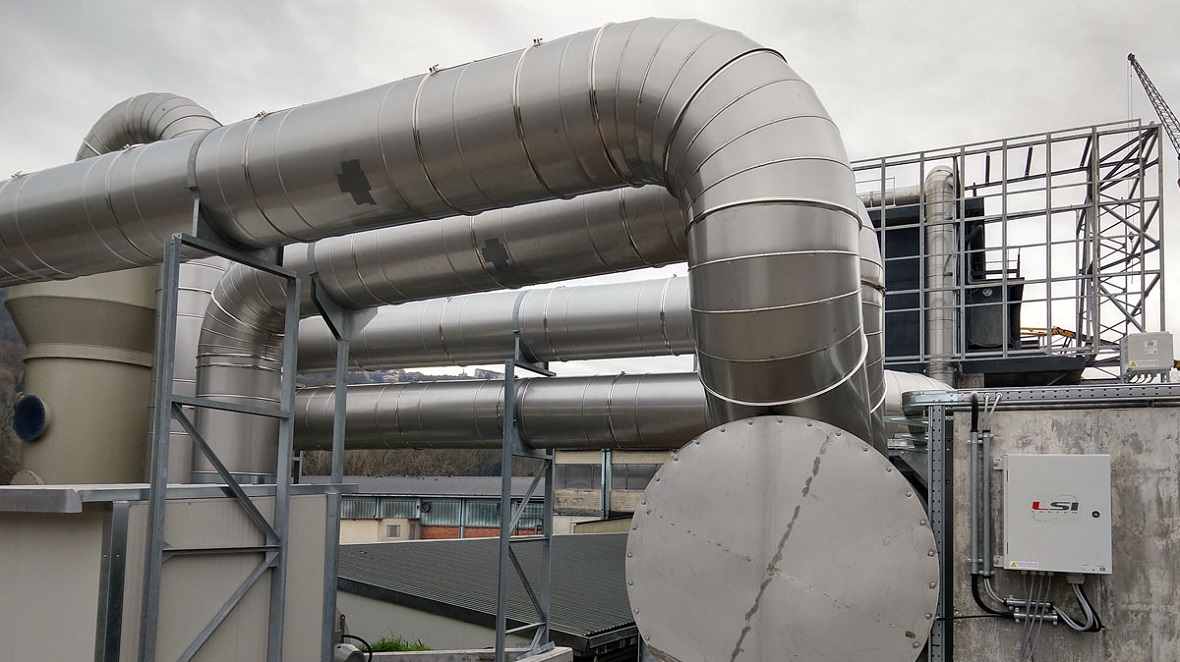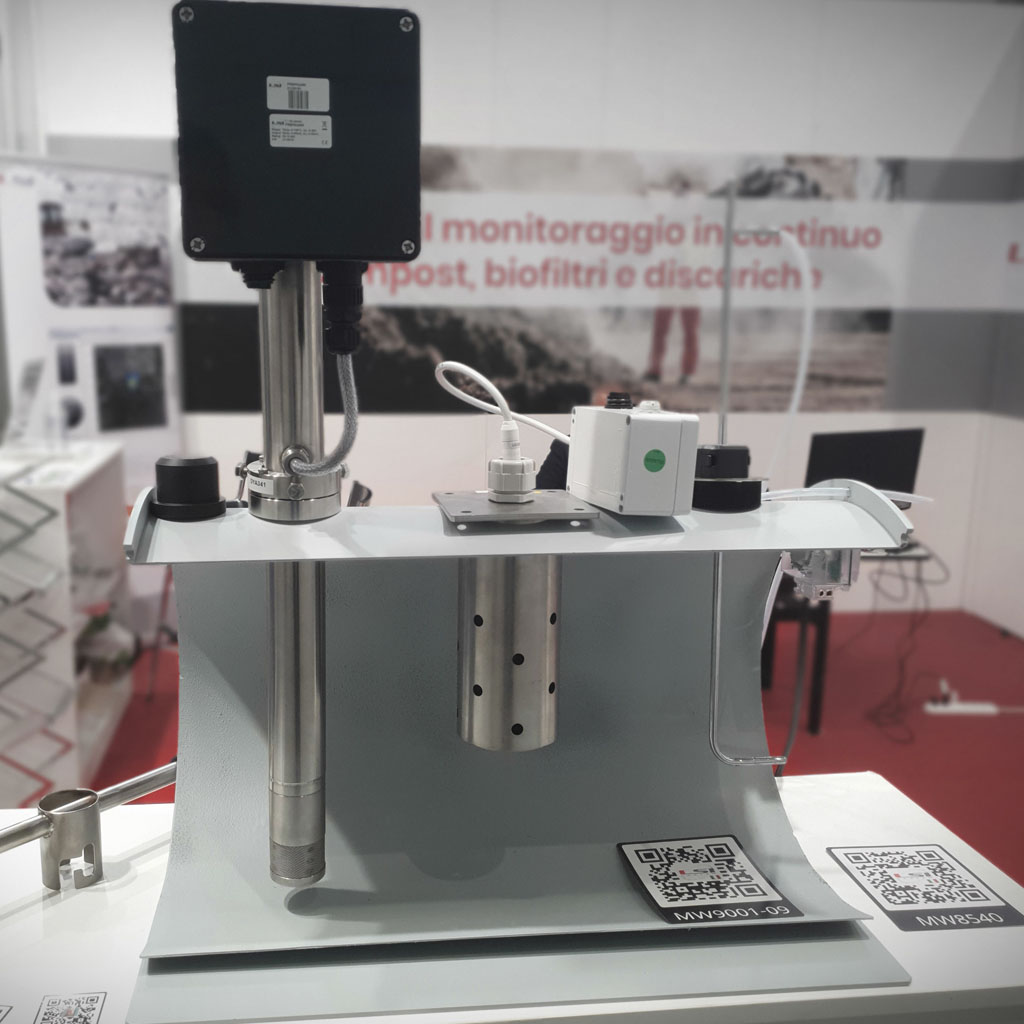L’Ing. Alessandro Sola di Secit Impianti dichiara: “I dati relativi a temperatura e ossigeno rappresentano per i gestori di impianti un’indicazione estremamente importante dell’andamento del processo di compostaggio. Tuttavia, la conformazione delle tubazioni che conducono l’aria alla matrice non sempre consente l’installazione di soluzioni standard. In tal senso, il supporto del Team tecnico LSI LASTEM si è rivelato prezioso nella co-progettazione di un sensore dalle dimensioni ridotte, che potesse essere installato anche in senso opposto al flusso dell’aria, senza scendere a compromessi in termini di qualità della misurazione”.
LSI LASTEM presents a new sensor for monitoring composting plants

Bio-fermentation processes under control: Real–time monitoring in bioreactors
Composting with bioreactors considerably reduces treatment times, thanks to the forced aeration of the organic matrix and the control/regulation of physical quantities. Whether rotating cylinders, silos or biocells are used, in order to obtain a high quality, stable and mature compost the aerobic process must be managed correctly.
How? Through real-time monitoring of the main parameters, such as temperature and air oxygen which passes through the ducts.
However, continuous measurement can sometimes be complex; both as regards the mounting of sensors in confined spaces, and for the ordinary maintenance of the same.
This, in fact, is the main challenge underlying the collaboration with Secit Impianti (Gesenu Group) – a company specialised in the design, construction and management of waste treatment plants – which led LSI LASTEM to make a new ad hoc probe, available in the catalogue, for the continuous monitoring of temperature and oxygen in pipelines.
Timely interventions thanks to the new LSI LASTEM probe
In detail, if the oxygen level in the air is below a certain threshold the new LSI LASTEM solution for real-time monitoring allows prompt intervention in order to restore optimal conditions for a correct bio-fermentation process.


I vantaggi
- Design ultra compatto;
- Elevata resistenza in ambienti altamente corrosivi;
- Facilità di installazione;
- Elevata accuratezza di misurazione grazie all’esperienza e know-how di LSI LASTEM nel settore degli impianti industriali di compostaggio.
